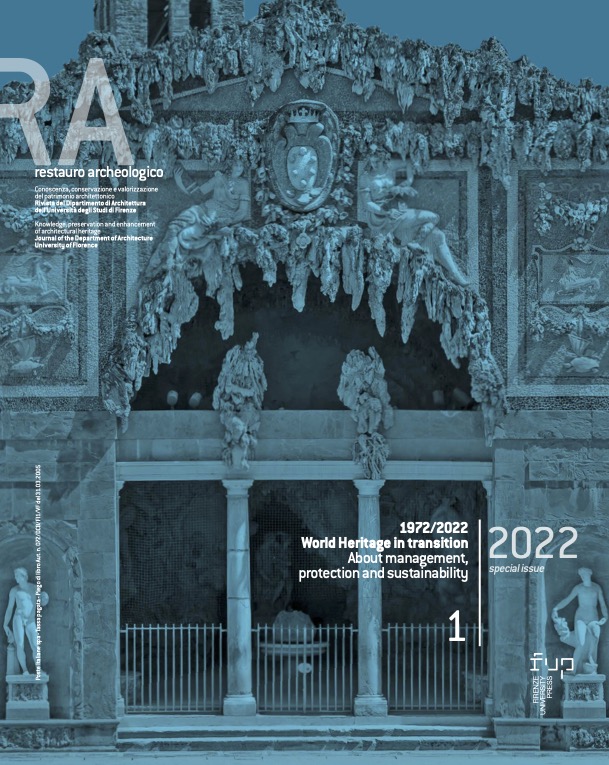Le rôle paradoxal de l’eau à Lalibela (Ethiopie) : Enjeux et méthodes pour la conservation d’un affleurement naturel anthropisé
Published 2023-02-03
Keywords
- Lalibela,
- eau,
- Conservation,
- Technologies 3D
How to Cite
Abstract
The site of Lalibela is the result of Tertiary volcanic activity which led to the formation of a vast outcrop of basaltic slag from which churches were carved. This reddish rock which is particularly suitable for carving, is extremely interactive with water. It was beneficial for the impressive excavation phases, but is now problematic for conservation purposes. Digging meant either the penetration of water into the massif and its erosion, but also the protection of the monuments from water stagnation. This is a very paradoxical situation in which water plays an alternately positive and negative role. Due to its sacred dimension, any intervention on the rock must be discussed and validated by the community. 3D technologies were used to carry out an assessment of the state of the site, to create a virtual 3D model that can be accessed and consulted remotely by all the specialists faced to the conservation problem; to trace the historical evolution of the site.


